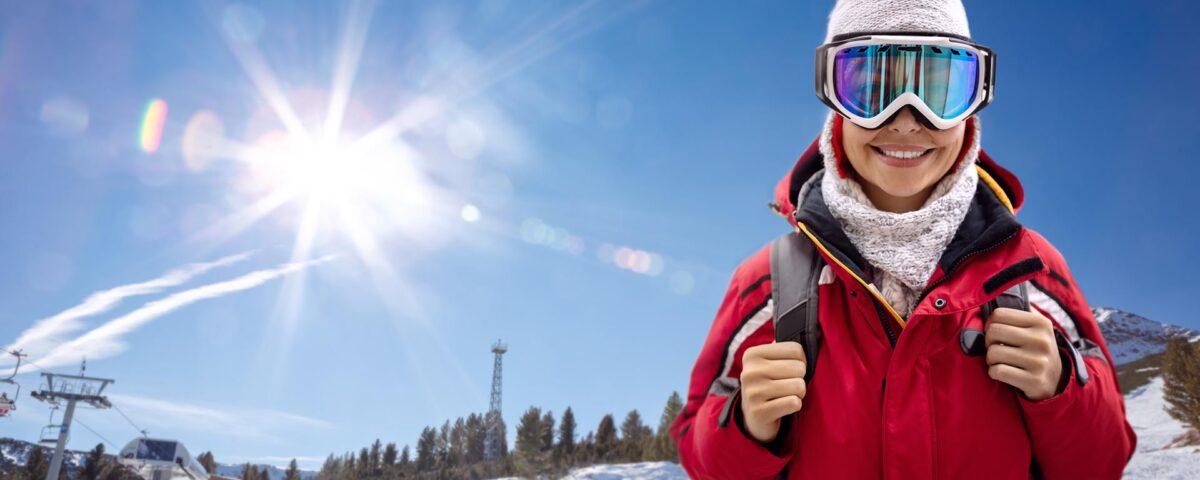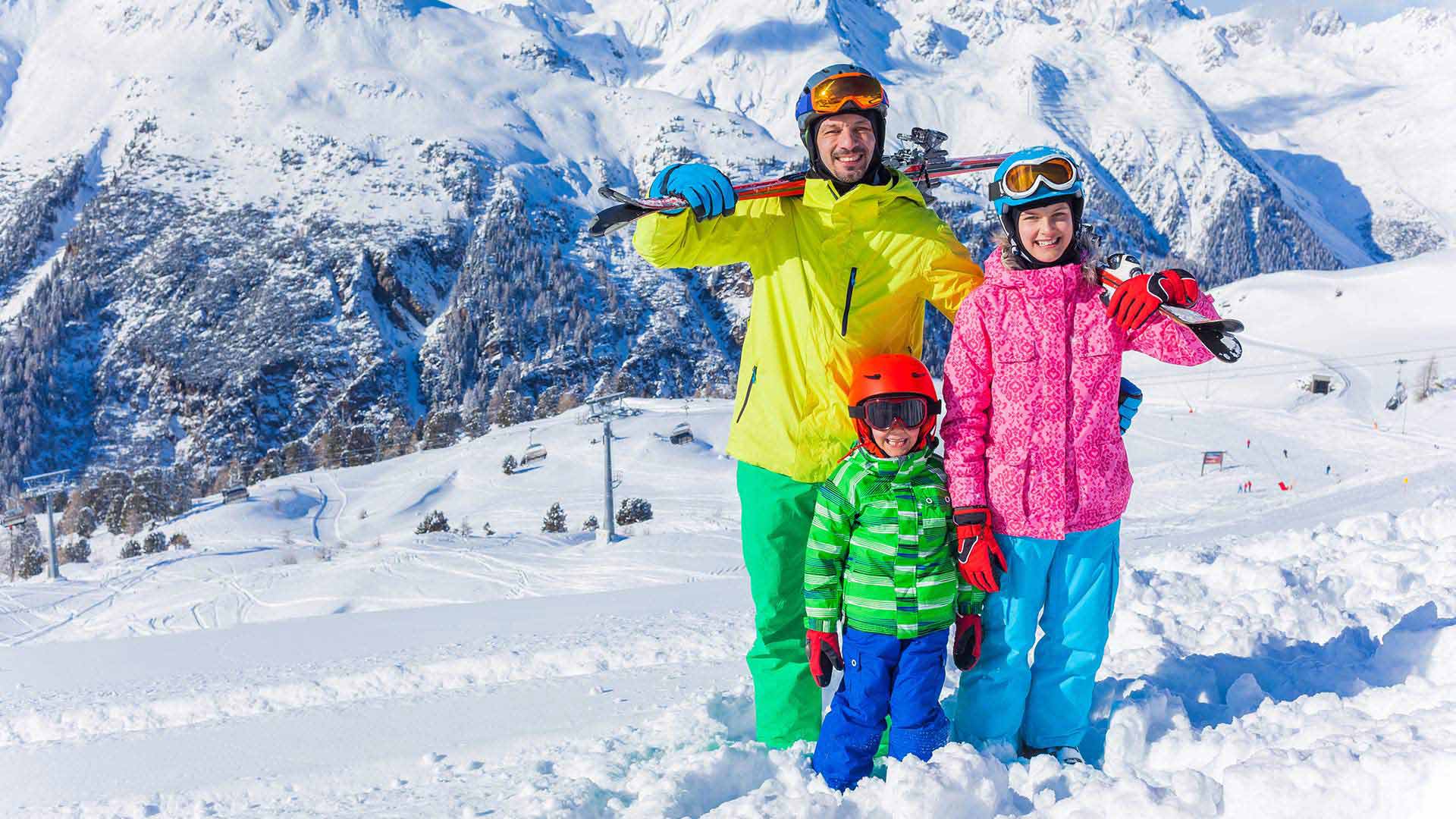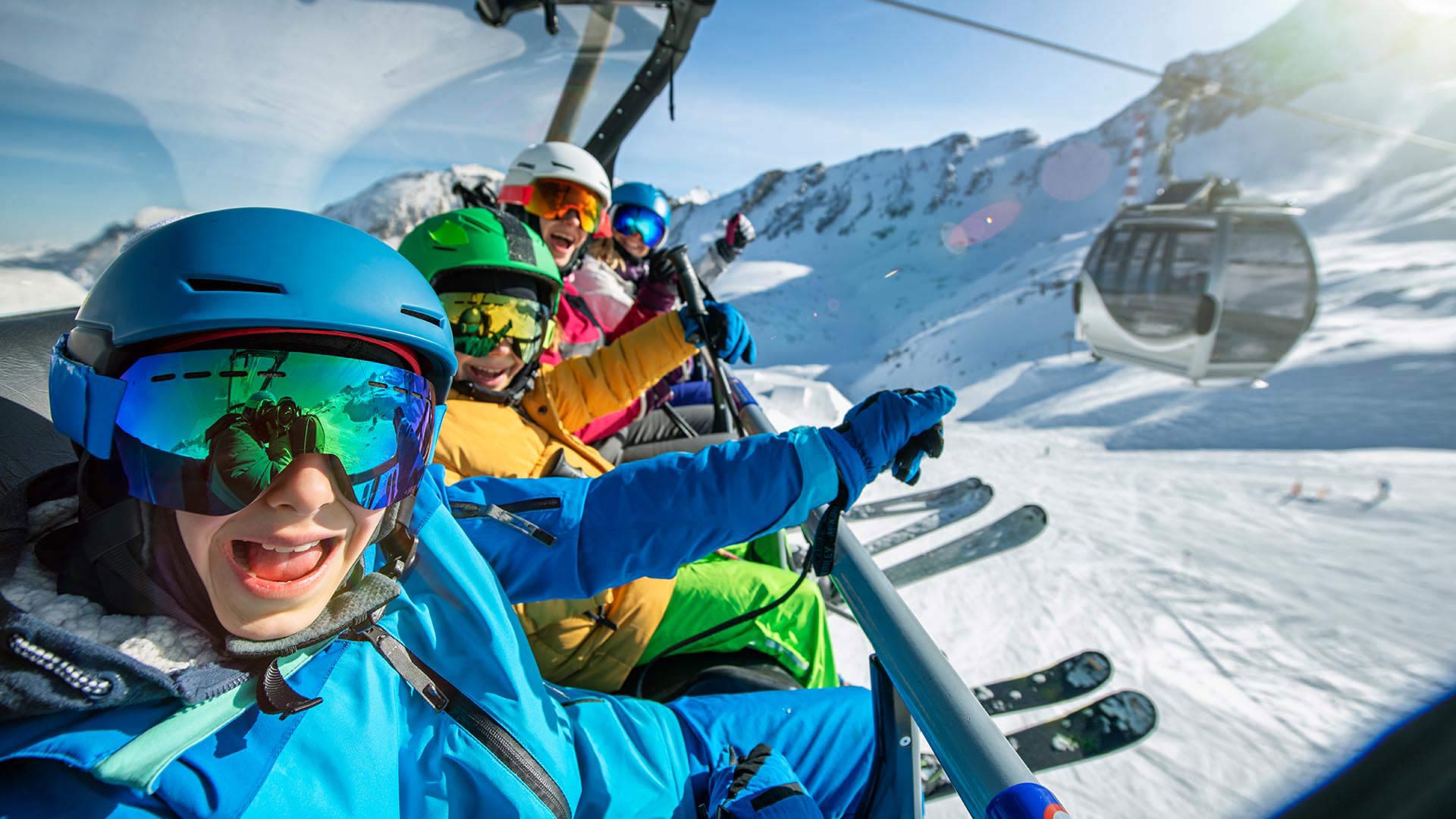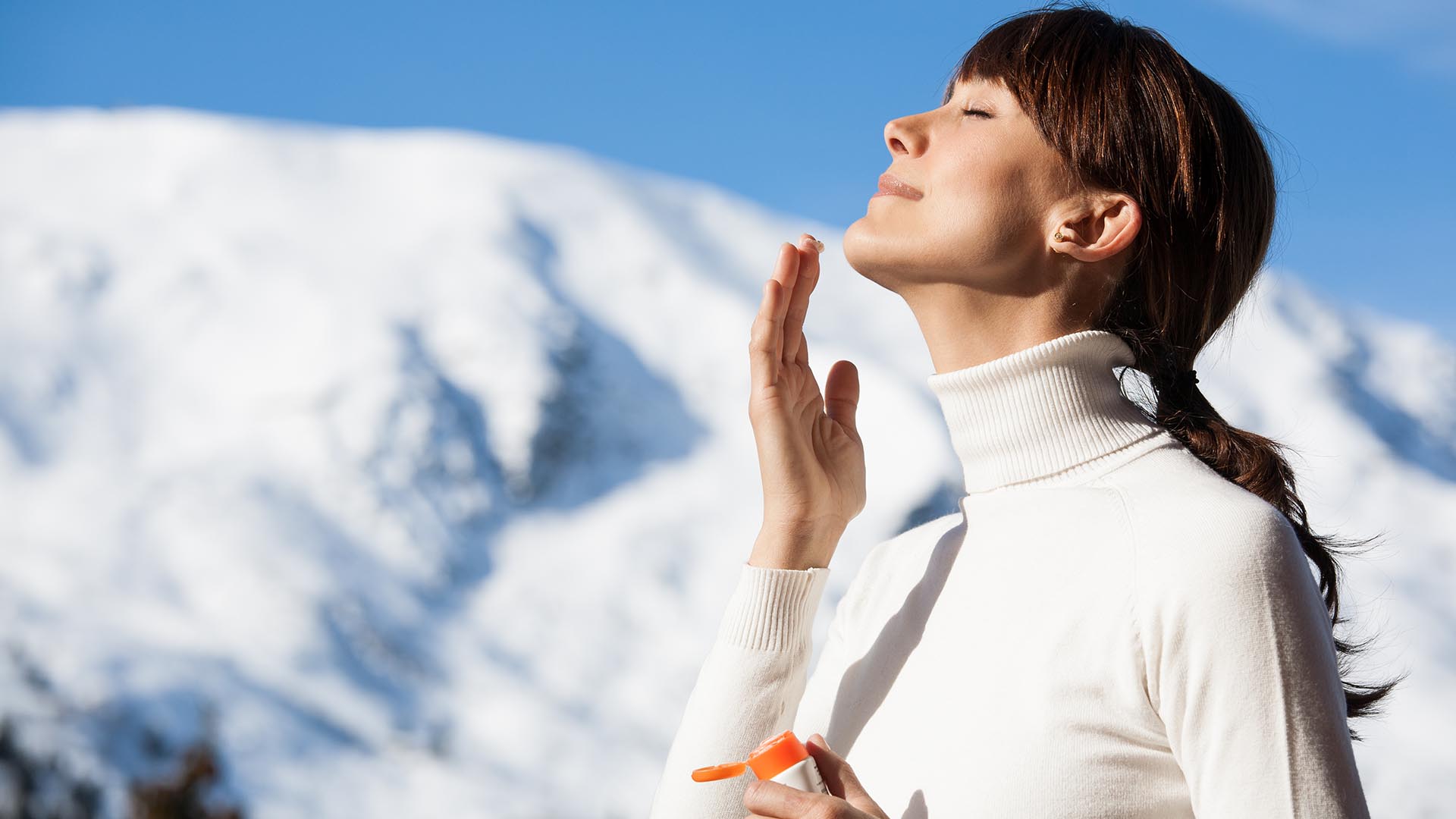Protect your skin and eyes this winter

It’s that time of year again when some of you lucky folks may be hitting the slopes or indeed heading off for some winter sun, with this in mind it’s equally important to protect your skin and eyes even in the cold, damp and eternally overcast Irish Weather, so here’s our Top 5 Winter Sun-Damage Myths Debunked.

Myth #1 “I don’t need Sunscreen if it’s cold and cloudy outside”
False Sun damage is influenced by ultraviolet (UV) radiation, not the temperature outside. A cool or overcast day in winter can have similar UV levels to a warm, sunny day. Both UVA and UVB contribute to skin cancer. However, UVA is thought to play a more dramatic role in premature aging.

Myth #2 “I only have windburn on my nose”
False Our noses are often the first to catch the sun and appear rosy red. If it’s windy and you get a red face, it’s most likely sunburn, which people often confuse with windburn.

Myth #3 “I’m going on Skiing, so I don’t need to worry about the sun”
False Higher altitudes where the air is thinner means more UV exposure. Fresh snow reflects 80% of UV radiation. For every 1,000 feet you climb in altitude, your UV exposure goes up by 4%. So when getting suited up for the slopes put on your SPF30 lip balm, face and body sunscreen plus protect your eyes with polarized wraparound sunglasses too.Remember a day on the slopes can be as damaging to your skin as a beach day.

Myth #4 “Snow blindness, sure that only happens to professional skiers”
False Snow blindness, or photokeratitis, is a painful condition caused by UV reflection on sand, ice, water or snow. Similar to effects of sunburn it isn’t noticed until after the damage occurs. Sensitivity to light, decreased vision, headache, tearing and pain are some of the symptoms. Polarized wraparound sunglasses and headwear can help prevent this.

Myth #5 “I’m going to get a base tan on my skin before my winter holiday, as it’s safer”
False Any suntan or unprotected sun exposure is sun damage. There is no such thing as a safe tan. A suntan and sunburn are a body’s response to cellular DNA damage from UV radiation. Sun damage is cumulative. Just one sunburn doubles your lifetime risk of Melanoma. On top of that, the worst areas for skin cancer are those that are exposed to the sun day in and day out, throughout the year and not just in the summer. Think about the right or left side of your face that’s exposed while driving, your ears, or the tip of your nose.
Top Tips when hitting the Slopes
- Wear a winter sun hat with a brim
- Use lip balm and sunscreen with SPF
- Wear polarized sunglasses – the wraparound ones are ideal for Skiing
#melanoma #melanomaawareness #skincancer #skincancerawareness #skincancerprevention #irishcancersociety #moles #irishskinfoundation #mariekeatingfoundation #arccancersupport


